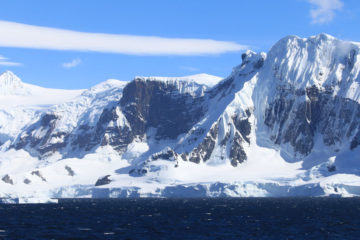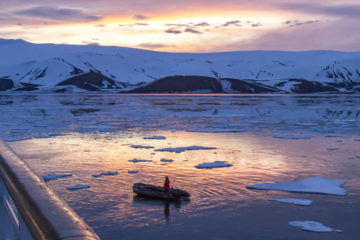Antarctica, the frozen frontier at the end of the Earth, beckons adventure seekers and nature enthusiasts alike. A trip to this remote and pristine continent offers a once-in-a-lifetime experience filled with breathtaking landscapes, incredible wildlife encounters, and a profound sense of connection to our planet’s natural wonders. In this article, we’ll delve into the captivating world of Antarctica tours and what makes them so unique.
The Allure of Antarctica Tours
- Untouched Wilderness: Antarctica is one of the last truly wild places on Earth. Its vast landscapes are untouched by human development, and its icy beauty is a sight to behold. Traveling here feels like stepping into another world, where icebergs glisten in shades of blue and white, and the air is crisp and pure.
- Unique Wildlife Encounters: Antarctica is home to a remarkable array of wildlife that has adapted to survive in one of the harshest environments on the planet. Visitors can witness penguins waddling along the shores, seals basking on ice floes, and whales breaching the icy waters. Each encounter is a wildlife enthusiast’s dream come true.
- Stunning Landscapes: From towering glaciers and ice cliffs to serene ice-capped mountains, Antarctica’s landscapes are a photographer’s paradise. The interplay of light and ice creates an ever-changing canvas of colors and textures that are nothing short of mesmerizing.
- Scientific Exploration: Many Antarctica tours offer opportunities to engage with scientific research projects. You can learn about climate change, marine biology, and glaciology from experts in the field, gaining a deeper understanding of the vital research conducted on the continent.
Planning Your Antarctica Tour
- Choosing the Right Tour: There are various types of Antarctica tours, from luxury cruises to more adventurous expeditions. Consider your budget, interests, and the level of comfort you desire when selecting a tour.
- Timing Matters: Antarctica’s tourist season runs from November to March when the weather is relatively milder. The choice of when to go can impact the wildlife you’ll encounter, so research the best time for your interests.
- Packing Essentials: Packing for an Antarctica tour requires careful consideration. Warm clothing, waterproof gear, and sturdy footwear are essential. Be sure to follow the packing list provided by your tour operator.
- Environmental Responsibility: Traveling to Antarctica comes with a responsibility to protect its fragile ecosystem. Adhere to strict environmental guidelines, avoid disturbing wildlife, and follow leave-no-trace principles.
- Tour Highlights: Your itinerary may include stops at research stations, opportunities for kayaking or camping on the continent, and daily excursions by Zodiac boats to explore the icy wonders up close.
- Wildlife Watching: Patience is key when wildlife watching in Antarctica. Observing animals in their natural habitat is a privilege, so maintain a respectful distance and savor the moments.
- Capturing Memories: Don’t forget to bring a good camera and plenty of memory cards. You’ll want to capture the stunning vistas and unique wildlife encounters to relive the magic of Antarctica.
- Safety First: Antarctica’s unpredictable weather can pose challenges. Trust in the expertise of your tour guides and crew to ensure your safety and enjoyment throughout the journey.
This Antarctica travel dossier would clear your doubts about what to do in Antarctica.
Anvers Insland
The Anvers Island in Antarctica is a part of Palmer Archipelago stretching up to 40-miles. Anvers Island is called the Antwerp Island as it was were sighted by a Belgian expedition group. From time to
Deception Island
The Deception Island in Antarctica is a horseshoe-shaped island on the southern side of the continent. It is mostly an uninhabited island with traces of industrial leftover, especially those of whale catching boats. Deception Island

